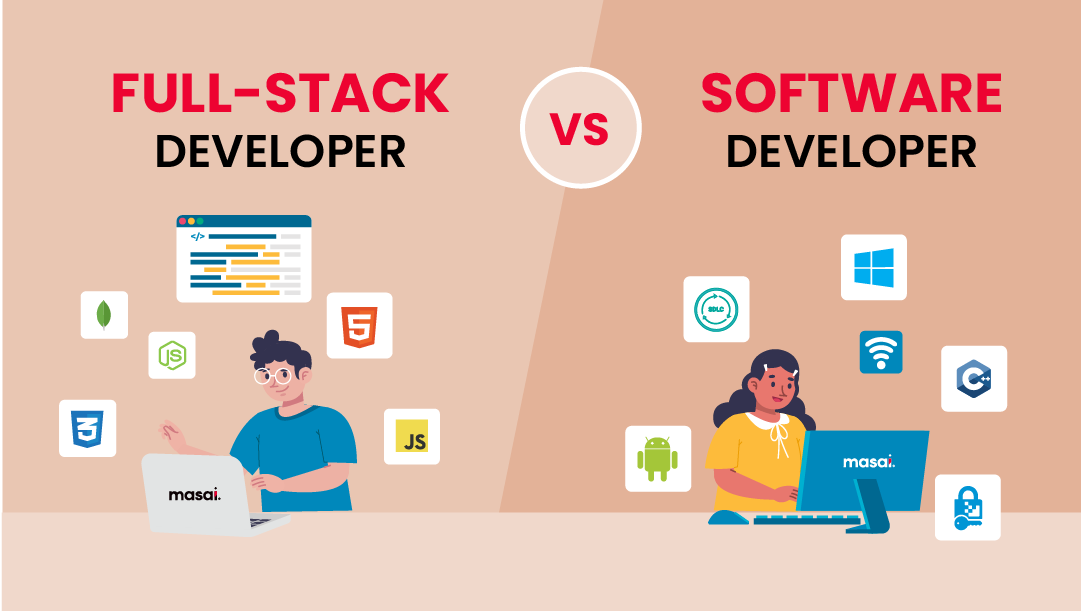Devoted Developers vs. In-House Teams: Which Is Right for You?
The decision in between using devoted developers and keeping an internal team is a substantial one that can influence the trajectory of your jobs and total organization approach. Conversely, internal teams add to a cohesive company society and a nuanced understanding of long-lasting goals.
Recognizing Devoted Developers
The expanding demand for specialized abilities in the tech sector has brought about the introduction of devoted programmers as a feasible solution for lots of organizations. These specialists are usually contracted on a job basis, allowing business to utilize certain knowledge without the lasting commitment linked with full-time hires. Committed developers are commonly embedded within a client's group, providing versatility and scalability to fulfill project demands.
This version allows companies to access an international talent swimming pool, which is particularly advantageous in a quickly advancing technological landscape. Devoted programmers can be sourced from different geographical areas, ensuring that business can discover the appropriate ability at affordable prices. They frequently bring a riches of experience and expertise, having actually worked with diverse projects across different markets.
Additionally, committed developers can focus exclusively on the tasks available, improving efficiency and performance. They are outfitted to incorporate flawlessly into existing workflows, collaborating carefully with in-house teams to achieve project objectives. This method not only decreases the concern of recruitment and training but also allows companies to stay active, adjusting rapidly to altering market needs and technological developments.
Advantages of In-House Teams

Additionally, internal teams often tend to have a deeper understanding of the business's goal, values, and goals. This placement can enhance staff member engagement and motivation, as staff member feel a lot more connected to their work and the company's success. Additionally, having a specialized in-house team enables far better alignment of goals and approaches, as these members are regularly concentrated on the firm's priorities.
In-house teams additionally facilitate quicker decision-making processes, as they can respond a lot more swiftly to difficulties and adjustments. The established relationships and familiarity with business procedures permit structured process and lowered miscommunication. Inevitably, the mix of a cohesive culture, alignment with organizational goals, and efficient communication makes in-house teams a valuable asset for numerous companies, specifically those looking to grow lasting development and advancement.
Price Factors To Consider
When examining cost considerations, both in-house groups and committed programmers existing unique financial implications for companies. Involving specialized designers usually includes a pay-per-project or hourly price design, which can be economical for companies with varying project needs. This technique permits flexibility in scaling sources up or down, making certain that business only spend for the services they require.
On the other hand, in-house groups involve fixed prices, including salaries, benefits, and overhead expenses such as office and tools. While this design offers better control and instant schedule of resources, it might cause higher long-lasting expenses, especially if the workload does not validate a permanent staff.
Additionally, business ought to think about the covert costs related to recruitment and training of internal workers, which can additionally strain budgets. In many cases, the time and sources invested in managing an in-house team can interfere with the organization's core organization objectives.

Project Monitoring and Versatility
Project monitoring and flexibility are crucial elements that affect the choice between dedicated programmers and in-house teams. Devoted groups commonly have established processes for taking care of tasks effectively, leveraging certain methodologies like Agile or Scrum, which help with repetitive progression and flexibility.

Ultimately, the choice in between internal teams and dedicated programmers hinges on the desired degree of versatility and the particular project monitoring demands. Companies have to examine their operational characteristics, project intricacy, and resource availability to figure out which option straightens finest with their strategic goals.
Making the Right Choice
Picking the right advancement technique-- dedicated developers or in-house groups-- requires a cautious evaluation of different aspects that straighten with a firm's strategic goals. Conversely, in-house teams can offer much better continuity and combination with existing workers.
Next, assess your budget plan. Devoted designers commonly offer a cost-efficient remedy for click temporary tasks, while internal groups may incur higher long-term expenditures as a result of incomes, benefits, and overhead costs. Assess the level of control and collaboration wanted; in-house groups commonly cultivate more powerful interaction and positioning with company culture.
Additionally, take into consideration the time frame. If immediate outcomes are essential, specialized designers can be onboarded quickly, whereas building an internal group takes time for recruitment and training. Ultimately, evaluate the long-term vision of your company. Investing in an internal team may produce better returns over time if continual advancement is vital. Inevitably, the decision pivots on a complete analysis read of these variables, making sure alignment with your business's functional requirements and total objectives.
Final Thought
In verdict, the decision between specialized designers and internal groups rests on project requirements and organizational goals. Devoted designers supply adaptability and customized experience, making them ideal for short-term initiatives. Conversely, internal groups cultivate a cohesive culture and deeper alignment with long-term objectives. Mindful evaluation of budget constraints, project timelines, and wanted control degrees is crucial for establishing one of the most ideal technique, making certain placement with critical top priorities and functional efficiency.
The choice in between utilizing committed designers and maintaining an internal team is a significant one that can influence the trajectory of your projects and total service technique.Task monitoring and versatility are crucial factors that affect the choice in between in-house groups and dedicated programmers. hire dedicated developers.In comparison, internal teams might excel in preserving a regular project administration structure due to their experience with the company's society and long-term objectives. Committed developers commonly present an economical solution for short-term jobs, while internal groups may incur greater long-term expenditures due to salaries, benefits, and expenses costs.In conclusion, the decision in between in-house teams and specialized programmers pivots on task requirements and organizational goals